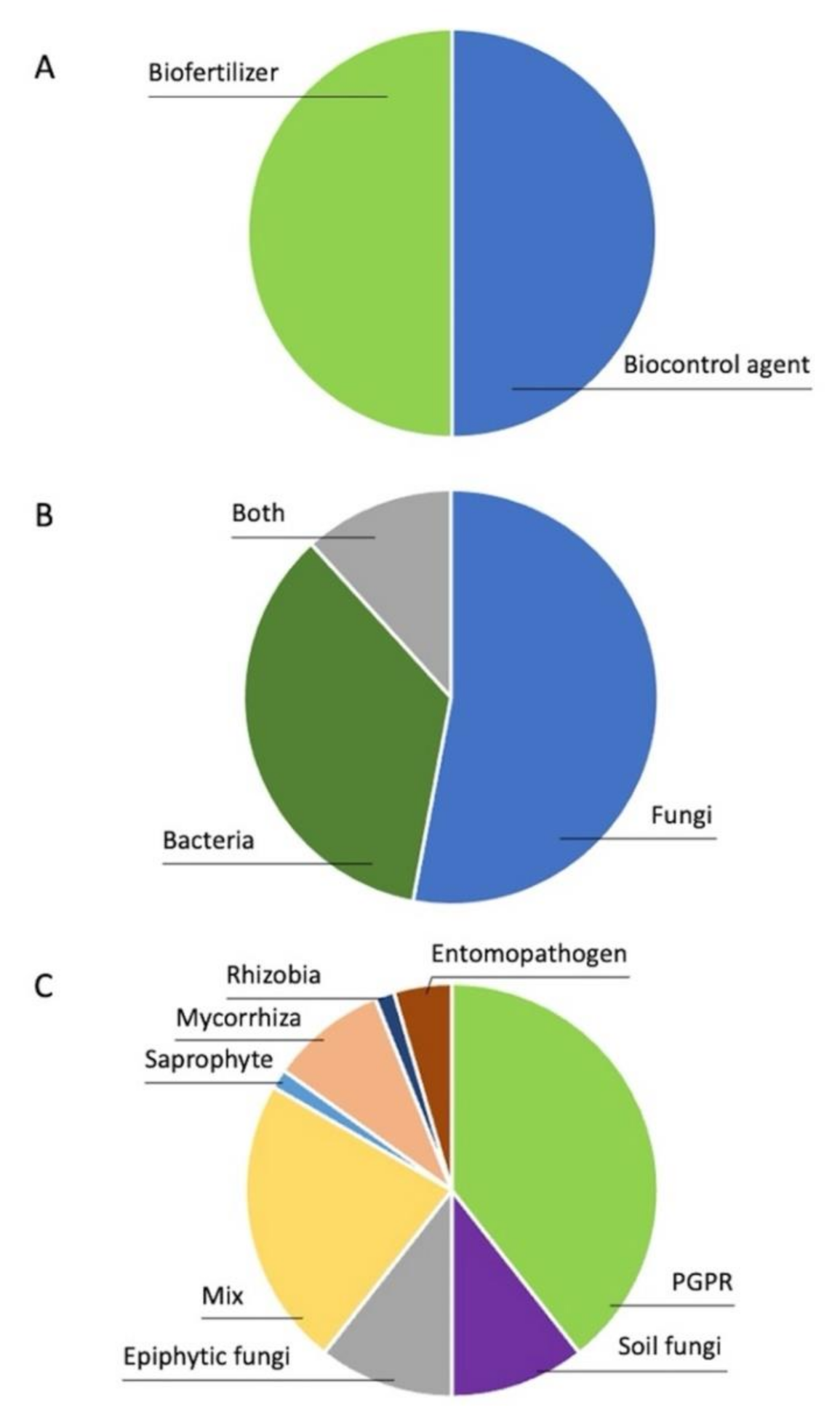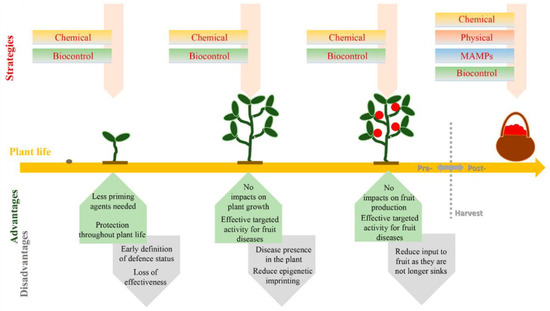

Crop diseases can result in production loss to farmers and subsequent loss of revenue. Fruits & vegetables are vulnerable to numerous diseases triggered by pests and weeds. Under the crop segment, fruits & vegetables segment is expected to surpass USD 3.1 billion by the end of 2025. With growth of microbial use, the biological control agent demand will grow in demand over the forecast timeframe. Among the microbial, bacteria use is growing due to their instant effect on insects through digestive tract. They are generally applied directly to a seed or sprayed directly on a plant.

Microbials are a group of biological agricultural products that contain beneficial microbes. Request for a sample of this research report Īmong the active substance segment, by 2025 microbials will account for over 70% share in global biocontrol agents market. These trends will drive the biocontrol agents market demand over the forecast period. The increase in organic area between 20 was close to 30%. According to EU, organic farming covered 13.36 million hectares of agricultural land in the EU in 2017. Biocontrol agents finds unmatched demand from the organic farmers due to its natural origin coupled with lower impact on the ecosystem.Įurope observed a steep rise in adaption of organic framing on account of EU policymakers coming to terms with its role is sustainable farming and quality food production. These agents can replace chemical agents, resulting in reduced water and soil pollution. Growing demand for food products on account of growing global population along with increasing awareness towards the use of environment friendly fertilizers or agents will primarily drive the market over the forecast period. Global biocontrol agents market revenue is predicted to surpass a valuation of $7.5 billion by 2025, according to a 2019 Global Market Insights, Inc. Yield and grape quality is decreased.Selbyville, Delaware, Sept. The disease weakens spurs and shoots, in some cases killing them. Esca (called measles for the spotting on the fruit), Eutypa dieback, Botryosphaeria dieback, and Phomopsis, are all considered grapevine "trunk diseases"-infection can run from the pruning wound all the way into the trunk. The disease is caused by several fungi, all entering the vine via spores carried by rain on pruning wounds. Some have even referred to the trunk disease epidemic as the "next phylloxera," because the disease is so devastating to vineyards. Grapevine trunk disease is present in nearly every mature vineyard, shortening its life and productivity. The target of this biocontrol search is a formidable one. In fact, many biologically based pesticides harness the products of microbes, (think Bt or Spinosad). Living organisms are the agents of biological control, and although we may think of ladybugs and lacewings when we hear the term, bacteria and fungi can be biological control agents too! Microbes can act as antagonists to other microbes, they can out-compete them for nutrients or space, or they can secrete products that inhibit their growth. The hope is that some of these captured microbes will be antagonistic to one or more of the suite of fungal pathogens that comprise a serious disease complex referred to as "grape vine trunk disease" or simply, "canker."īiological control is defined as any activity of one species that reduces the adverse effects of another species.

They sample both diseased and healthy vines. To capture these microbes, Marcelo and his lab mates use a sterile drill bit to drill a small hole in grape vine trunks and cordons, and then carefully collect the sawdust and drill shavings to culture back in the lab for bacteria and fungi. Only the fungi and bacteria Marcelo is collecting aren't easy to catch-they live inside the grape vine, potentially protecting it from deadly canker disease organisms. Marcelo Bustamante is seeking microbial biocontrol agents to thwart grapevine canker disease.Marcelo Bustamante, PhD student in Akif Eskalen's lab, is on a mission.


 0 kommentar(er)
0 kommentar(er)
